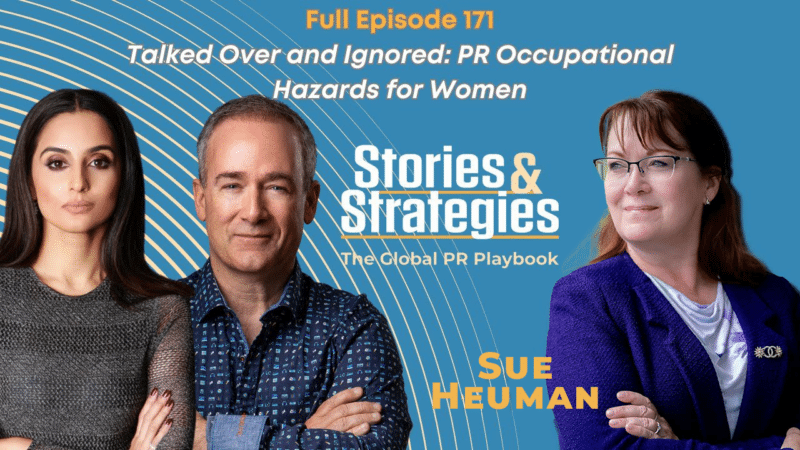As communication professionals, we always try to be inclusive in order to get our messaging out to the broadest audiences possible. Persons with disabilities face some unique barriers to accessing information. Technology can help, and is making gains to ensure persons with disabilities can have ready access to information, but we can do our part to ensure that materials we put out into the world are more accessible.
People with visual impairments, for example, are able to use new technology, such as screen readers, to help them access information online.
We have some experience with reaching out to visually-challenged audiences. Here are our top tips that are easy to integrate to increase your accessibility with persons with visual impairments:
Words within Hashtags
Screen readers are wonderful but they are not always able to differentiate words if they are not separated by a space. With hashtags, an easy way around this is to simply capitalize each word, for example: #MondayMotivation. The reader knows the words are separate now so it will read it as separate words as opposed to one giant word.
Text labels
Using text labels helps with SEO and audio reader software for the visually impaired. Adding descriptive text to images helps people who can’t see to know what the image on the screen is showing. This of course also applies to videos that have visuals but maybe no voiceover.
High contrast and easy to read fonts
Making your website more highly contrasted can be visually appealing for people with perfect vision and it can significantly help people who have low vision. There are some really great websites where you can easily check how accessible your website is, such as: here and here.







